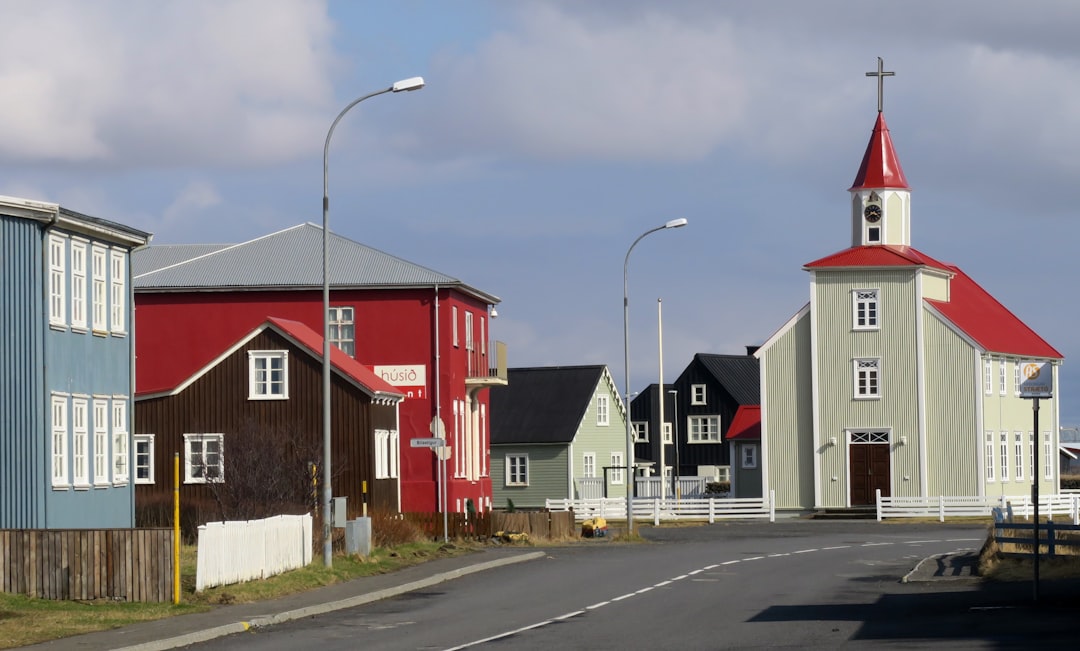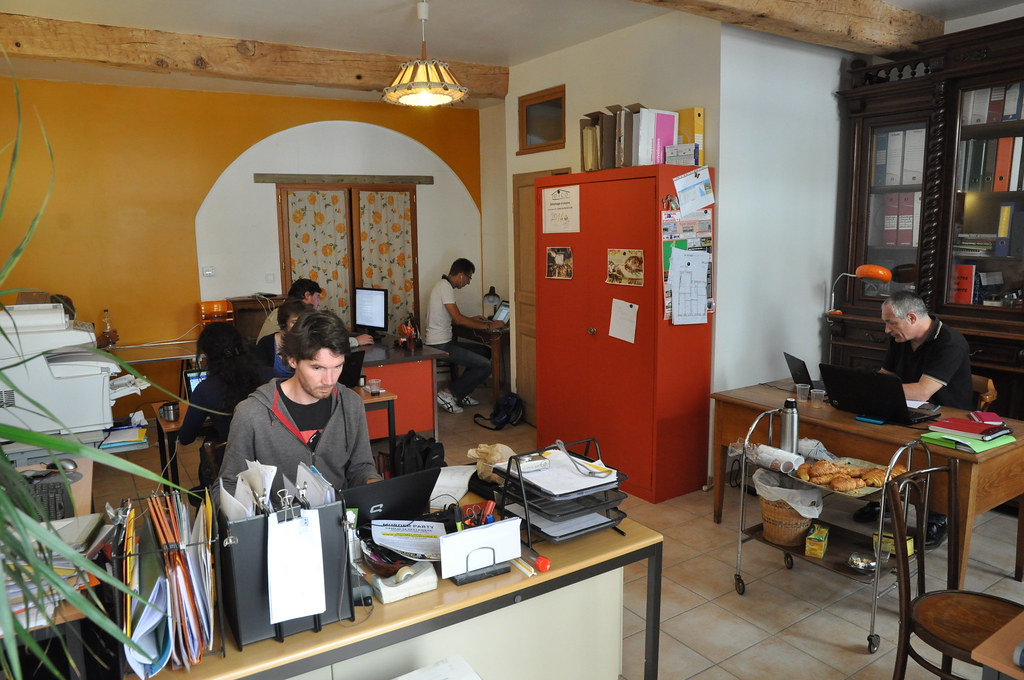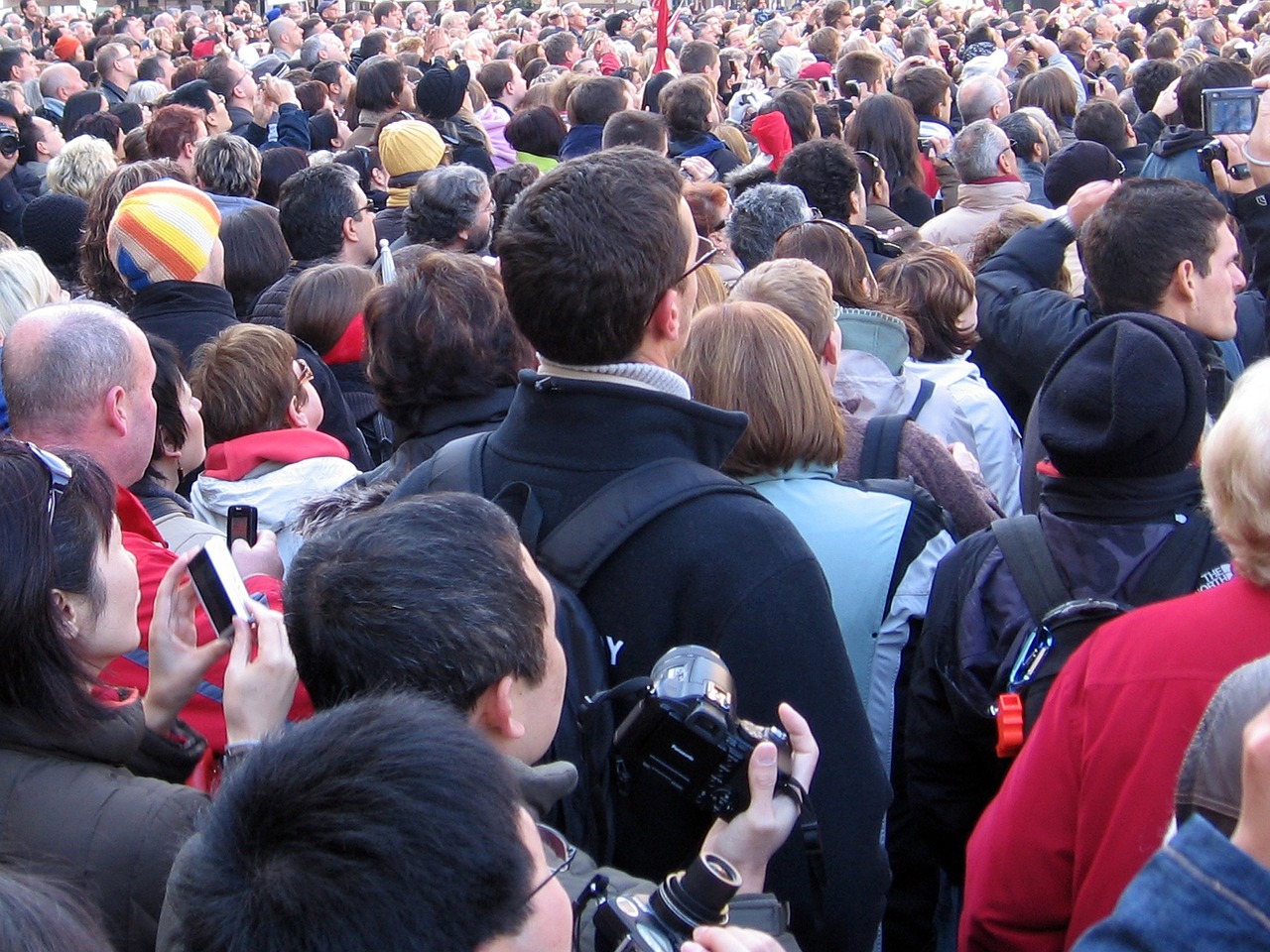Remote Work Has Already Transformed America’s Population Map

The statistics paint a clear picture of how dramatically remote work has changed where Americans live. An estimated 291,400 people last year migrated from other areas into America’s small towns and rural areas, which Lombard defines as metropolitan areas with 250,000 people or fewer. That number exceeded net migration into larger areas for the first time since at least the 1970s, estimated Lombard, who works with the university’s Demographics Research Group. This shift represents a fundamental change in how Americans are choosing to live their lives.
We found many employers in more rural states—where it can be challenging to find available local talent—are offering flexible work arrangements. Meanwhile, in states with larger metro areas, the trend favors hybrid work over fully remote options. This geographic difference is creating opportunities that small towns haven’t seen in decades.
The Numbers Show Remote Work Isn’t Going Away

We found that new, fully in-office job postings declined from 83% to 66% during 2023. And over the course of 2024, the rate of new, fully in-office jobs continued to decline, solidifying that flexible work arrangements are here to stay. This trend is creating lasting changes in how Americans work and where they choose to live.
A US Census Bureau report shows that in 2024, approximately 40% of remote workers took advantage of flexible work to move from high-cost urban centers to more affordable regions. The motivation is clear – Buffer’s State of Remote Work report from 2023 stated that 60% of remote workers preferred the remote work model because it allows them to choose where they live. This freedom to choose location is driving a quiet revolution in small-town America.
Housing Markets in Small Towns Are Feeling the Impact

The arrival of remote workers has dramatically affected housing markets in small communities. The shift to remote work accounted for more than half of the recent surge in housing prices. While this has created challenges for local residents, it’s also brought new investment and economic activity to areas that desperately needed it.
Small and midsize rural communities had some of the biggest increases in home prices in the first two years of the pandemic, driven by out-of-town buyers. However, given the limited supply of housing and the unwillingness of homeowners with low mortgage interest rates to sell, prices aren’t expected to return to their pre-pandemic levels, said Lisa Sturtevant, chief economist for the real estate data firm Bright MLS. “There’s just such an imbalance between how much housing is needed and how much housing is available, and that’s not going to change in the near term at all,” Sturtevant said.
Small Towns Are Fighting Back with Relocation Incentives

Around the country, people just like her are carving out new lives in one of 27 largely rural states and towns across the U.S. that offer incentives to relocate there. In fact, this new take on local economic development is allowing rural states, counties, and towns to engage in a growth strategy that was traditionally closed to them. These programs represent a smart evolution from the old model of competing for manufacturing plants.
In 2020 and 2021, rural states like West Virginia, counties like Lincoln County, Kansas, and towns such as Mattoon, Illinois, began to embrace a new kind of economic development that capitalized on the remote worker phenomenon. They hoped to entice people who were able to work from anywhere to live in rural areas where homes were more affordable, the commute was non-existent, and the community was close-knit and friendly.
The Economic Benefits Are Starting to Show

Remote workers aren’t just changing demographics – they’re bringing significant economic benefits to small towns. When looking at the average salaries of remote employees in the US, ZipRecruiter reported that in July 2024, remote workers were taking home an average of $61,178 per year. This works out to $29.41 an hour, over four times the current average minimum wage. This income level can have a transformative effect on small-town economies.
Traverse City, Michigan, for example, has seen both growth in start-up companies from the influx of new workers as well as strains on its local housing stock, particularly for lower-income workers. Traverse City has responded to the challenge by pioneering a new program aimed at creating “workforce” housing. This kind of innovation is becoming more common as communities adapt to their new reality.
Infrastructure Challenges Are Creating New Opportunities

The shift to remote work has exposed infrastructure gaps in small towns, but it’s also creating motivation to address them. Remote workers tell us that moving to a rural community comes with its unique set of considerations. Amenities that are commonplace in larger cities – like reliable high-speed internet and grocery stores – are not a given in small towns and need to be investigated. Our criteria for selecting top rural communities evaluates the amenities that are most needed and appreciated by remote workers who are moving rural.
Back in Mexico, the local Chamber of Commerce, led by Executive Director Dana Keller, is considering a number of proactive strategies to tap into this new opportunity. One possibility is using a newly renovated office building, just off the square, to create a co-working space. This kind of adaptive reuse is becoming more common as communities find creative ways to serve their new residents.
The “Donut Effect” Is Reshaping Metropolitan Areas

Research has identified a phenomenon called the “Donut Effect” that’s changing how metropolitan areas function. We label this the “Donut Effect,” which is much larger and more persistent in cities with high levels of remote work. Using detailed household microdata from the United States, we show that three-fifths of households that left city centers in big cities moved to the suburbs of the same city.
This is likely explained by the rise of hybrid work, in which employees still commute to the office a few days a week. The enduring popularity of hybrid work into 2024 suggests that the Donut Effect will persist while also leaving broader metropolitan areas intact. This pattern is creating opportunities for smaller communities within commuting distance of major cities.
Population Losses Are Finally Being Reversed

Some of the most significant changes are happening in states that have struggled with population decline for decades. In West Virginia, emphasizing the state’s natural attributes to attract those seeking an outdoor lifestyle is the way to go. “West Virginia has been at the bottom of the list when it comes to maintaining population … In fact, according to the 2020 census, we lost 12% of our population from 1950 to 2020,” he said.
This is likely to capture policymakers’ attention not just because many who work from home make above-median incomes, but also because many Midwestern states have seen lackluster population growth for some time and are in danger of shrinking. Michigan, for example, recently launched the Growing Michigan Together Council, composed of 28 civic, governmental, and corporate leaders, whose goal is to develop strategies to grow the state’s population.
Technology Will Drive Further Growth

The future looks bright for continued growth in remote work, which will benefit small towns even more. Nicholas A. Bloom, William D. Eberle Professor of Economics, Stanford University, likens the WFH trajectory to a “Nike swoosh.” It rose extremely quickly between 2020-22, flattened in 2023, and by 2025, will rise again due to anticipated improvements in technology.
The third phase is likely to start in around 2025 when WFH levels will start to slowly rise again, driven by ever improving technologies. This includes everything from better audio, video, and laptops, to virtual reality, holograms, and new apps. If you look back over the last 50 years, we see WFH has been continuously rising, driven by better technology, from personal computers in the 1980s, laptops in the 1990s, to the internet in the 2000s, and cloud video-calls and file-sharing in the 2010s.
Small Towns Are Becoming More Attractive for Startups

Based on her experience working with more than a thousand startups over the years, in different roles, Chris Shipley, author of the book “The Adaptation Advantage: Let Go, Learn Fast, and Thrive in the Future of Work,” explained that small towns are attractive to startup businesses for a lot of reasons. Only some of them have to do with measurable economic variables, like affordability or available housing.
There are many possible benefits of living in a smaller community, like shorter commute times, easier access to natural landscapes, and lower rates of crime. There’s also lower cost of living. These advantages are creating a new model for economic development that doesn’t depend on attracting large corporations.
The Transformation Goes Beyond Economics

Historically, cities essentially provided everything for their residents — jobs and economic opportunities on the one hand, and housing, schools, and quality-of-life amenities on the other. But with the rise of digital technology and remote work, the places where we work and live have essentially become unbundled. This unbundling is creating new possibilities for how Americans organize their lives.
Remote workers can access significant quality of life at far more affordable prices in smaller cities, suburbs, and rural areas. Remote work is often seen as enabling people to move out of expensive cities to more-affordable places. This shift is giving small-town America a competitive advantage it hasn’t had in generations.
The Future Looks Bright for Small-Town America

Both employers and employees foresee remote work becoming a permanent part of the way work is conducted: By 2025, more than 36 million American employees are expected to be working remotely. This projection suggests that the current trends benefiting small towns will continue and likely accelerate.
This tracks with general trends we’ve been seeing for the last few years: people moving away from big metro areas and toward smaller and medium-sized cities and rural areas. Riordan Frost at Harvard University’s Joint Center for Housing Studies said the biggest factor for most people is cost. As long as urban areas remain expensive and remote work remains viable, small towns will continue to benefit from this historic population shift.
The rise of remote work represents more than just a change in where people do their jobs – it’s fundamentally reshaping the American landscape. Small towns that have struggled with population decline and economic stagnation for decades are suddenly finding themselves with new residents, new businesses, and new opportunities. The challenge now is managing this growth thoughtfully while preserving the qualities that make these communities attractive in the first place. Will this trend continue to transform small-town America, or will it level off as the economy stabilizes?



